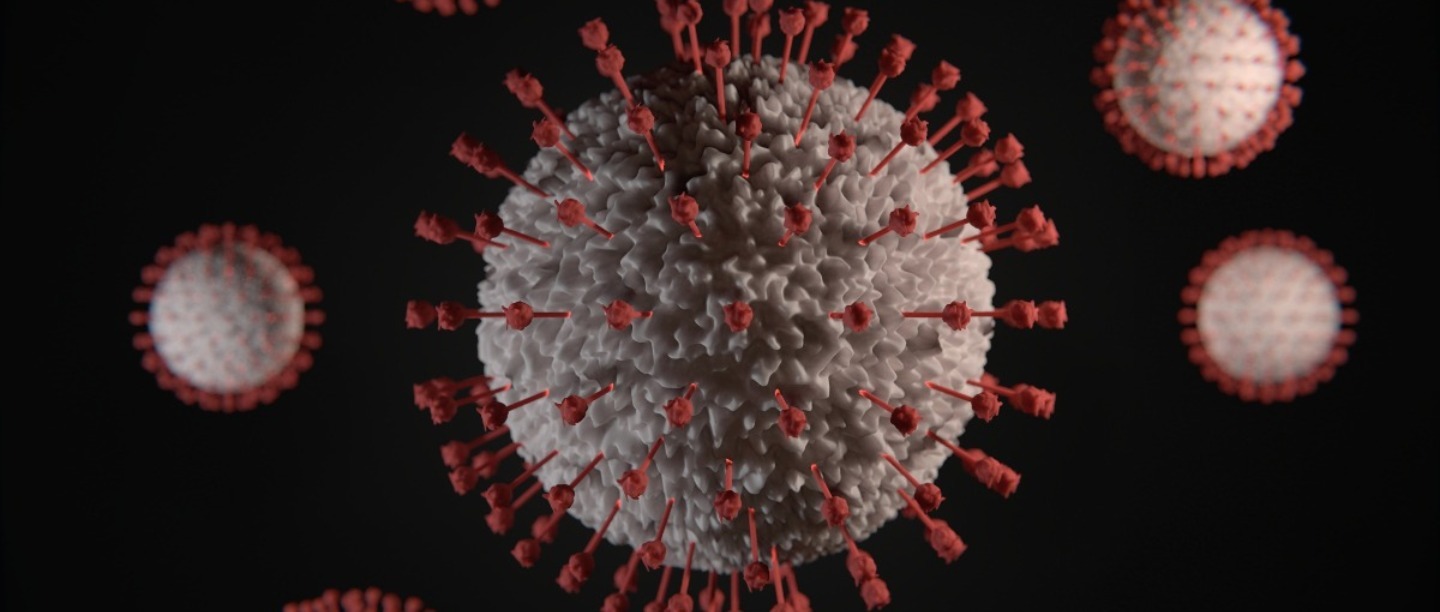
Marking the highest single-day spike of 25,530 COVID-19 cases on Wednesday, India leaped closer to the eight lakh mark. Currently, the country stands at the 7.6 lakh mark. This spike is indeed alarming given the recent MIT study has projected that if no cure or vaccine comes out by next year then India is likely to be the worst affected country by February 2021. The study had further posited the possibility of a single-day case spike rising up to 2.87 lakh per day.
To further augment these fears, yet another distressing pattern has been observed in the COVID-19 transmission in India. Research by the Institute of Mathematical Sciences (IMSc) in Chennai has reflected that for the first time since the coronavirus outbreak in the country, the COVID-19 transmission rate has reflected an increase.
The COVID-19 reproduction, or R, is an estimate to find out the number of people who have been infected by an already infected person. While India began with an R rate of 1.83 (implying that approximately one or more than one person was getting infected by every COVID-19 positive individual) in March, the same rate was at 2.14 and 2.73 in Wuhan and Italy respectively. India’s R then observed a declining pattern as it went down to 1.55 between April 6 and 11 and then to 1.2 by early June. The R then further went down in the month of June and arrived at the 1.11 mark by June 26.
However, things don’t seem to be going all well since the lockdown relaxations have been put into effect and especially after the second phase of Unlock. In the first week of July (also, the first week of Unlock phase 2) the R rate has increased for the first time and now stands at 1.19.
Dr Sitabhra Sinha, a scientist at IMSc shared in an interaction with The Indian Express, “It usually takes 10 days to two weeks for any effect to show up as increased or decreased case numbers. So, I would say that this increase we are seeing probably has its origin in events that happened around mid-June or slightly later.”
He further added, “The bottom line is that right now we are in the situation we were in May and early June, and the further decrease we saw in late June was not sustained or improved upon.”
It is in the Southern states of India that the highest R numbers have actually been observed with Karnataka standing at 1.66, Telangana at 1.65, and Andhra Pradesh at 1.32. Additionally, the states like Gujarat and Bengal, which had previously shown higher R rates have slowed down and stood at 1.15 and 1.1 respectively. “The current increase in R can most probably be attributed to the high R for some of the southern states,” Sinha added.
The country’s aim all this while has to arrive at an R rate that is below one, which would indicate a flattening of the curve. However, as we go further with the Unlock phases, a certain laxity has been observed in terms of the social distancing rules and precautions in various parts across the country. The current data and studies are proof enough that it is certainly not the best way to go forward. We need to remember that just because we are bored of staying at homes or tired of all the social distancing, it does not mean the pandemic is over and we need to keep this in mind until a vaccine or cure is found. Stay safe people!
Featured Image: Unsplash